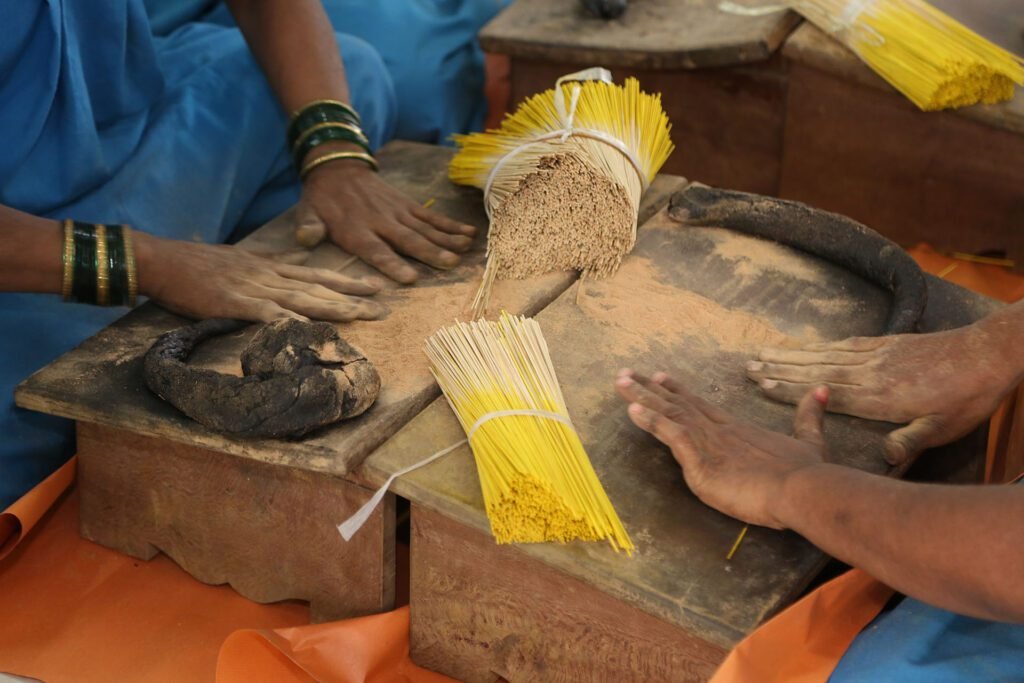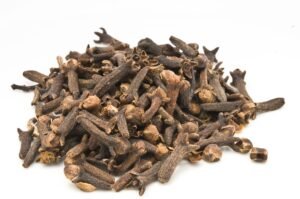Introduction
For centuries, wisps of smoke carrying enchanting fragrances have swirled around the spaces of emperors, shamans, monks, and everyday households alike. Incense, an ancient aromatic marvel, has seamlessly traversed generations, continuing to permeate our homes and sacred spaces with its calming aura. Yet, despite its timeless presence, a lingering mystery remains: Ever wondered what is incense made of?
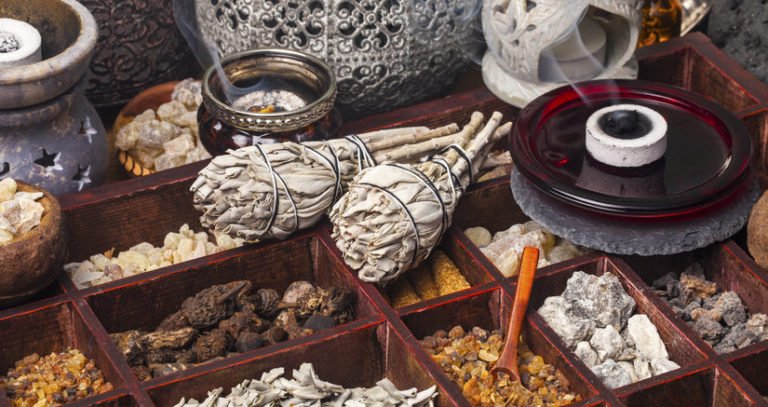
Table of Contents
A Whiff into History
The Ancient Connection
In the mystic corners of Egypt, amidst grand pyramids and powerful pharaohs, incense was a treasure. Not just limited to Egypt, references sprawl across ancient civilizations from the Indus Valley to the Chinese dynasties. Revered for its role in rituals, the fragrant smoke often served as a conduit between the earthly realm and the divine, ensuring that messages and prayers reached the heavens. Moreover, its medicinal properties made it a valuable asset in ancient healing practices.
From the Silk Road to Modern Shelves
Traversing the legendary Silk Road, incense ingredients and knowledge about them were traded extensively, solidifying their global prominence. This exchange wasn’t merely commercial; it was the melding of cultures, rituals, and aromatic preferences. As trade routes expanded, so did the diversity of ingredients, leading to a vast array of regional scents. By the time it reached modern shelves, incense had become an integral part of households, aiding in meditation, relaxation, and setting a serene ambiance. But beneath the pleasant aromas lay a beautiful complexity of ingredients, giving rise to the pivotal question: what is incense made of?
The Basic Components of Incense
The Base:
Like the foundation of a house or the canvas for a painter, every incense stick needs a solid base. This base not only provides structure but also aids in the even burning of the aromatic elements. Common base materials include bamboo sticks and makko powder (derived from the bark of the tabu no ki tree). These bases are chosen specifically for their minimal scent interference, ensuring that the aromatic elements remain undiluted and pure.
The Aromatic Elements:
While the base might be the silent supporter, the aromatic elements are the star performers. These are the ingredients that fill your room with the desired fragrance when the incense is lit. From refreshing floral notes to earthy wooden undertones, the range of scents available is vast and diverse. Each scent not only has its unique aroma but also carries specific therapeutic properties, be it invigorating, relaxing, or purifying.
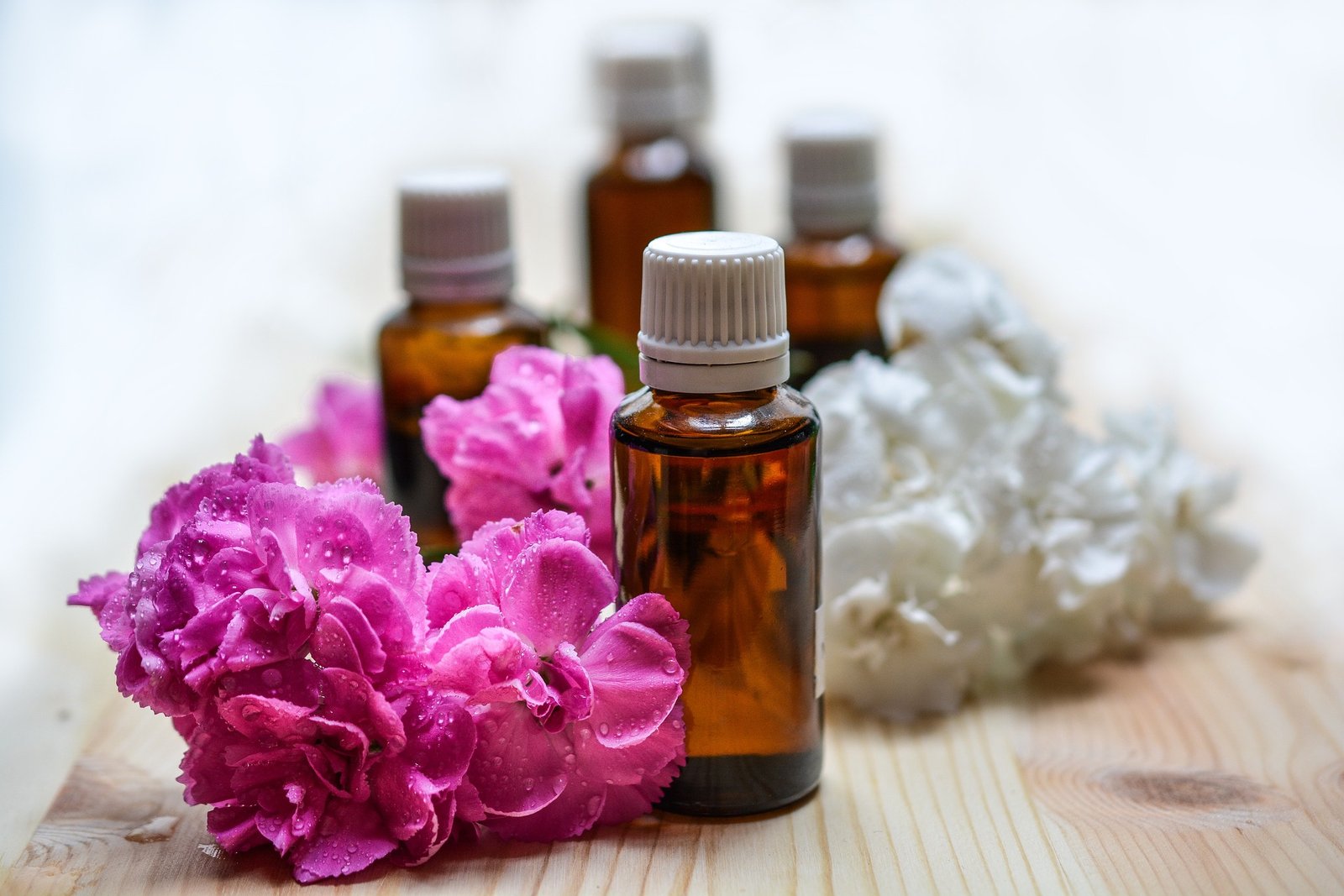
The Ingredients
Natural Resins:
People have revered Frankincense and Myrrh as some of the oldest incense ingredients, even though they might sound like terms from historical or religious texts. Harvesters collect these resins from tree sap, and they are famous for their rich, balsamic fragrances. People have used them not only in spiritual rituals but also in traditional medicine for their antiseptic and anti-inflammatory properties.
Essential Oils:
Derived through the process of steam distillation or cold pressing, essential oils are concentrated liquids that capture the very essence of their source, be it a flower, herb, or tree. Sandalwood, with its woody, exotic scent, or lavender, with its calming floral notes, are prime examples. These oils, when added to incense, create a multi-layered scent experience that can evoke memories, emotions, and even heal.
Herbs and Flowers:
Imagine the invigorating aroma of dried sage or the sweet, sedative scent of chamomile flowers. Dried botanicals bring a unique, organic touch to incense. They not only impart scent but also bring along their therapeutic benefits. Burning sage, for instance, is believed to purify spaces and drive away negative energies.
Wood and Bark:
Aloeswood and sandalwood are among the treasured woods in the world of incense. Their rich, deep fragrances can instantly transport one to a dense forest or a sacred temple. These woods are ground into powders or used as essential oils in incense. However, with their increasing popularity, there’s been a pressing need to ensure they are sustainably sourced, preserving their legacy for future generations.
Binders and Fillers:
To transform these ingredients into the familiar stick or cone shape, binders are essential. Natural binders like gum arabic or makko powder ensure that the mixture holds together. They also play a pivotal role in determining how the incense burns – too fast, too slow, or just right.
The Crafting Process: From Ingredients to Stick
Hand Rolling vs. Machine Made:
Every incense stick has a story, a touch of human hands, or the precision of a machine. Hand-rolled incense is a delicate art passed down through generations. Artisans meticulously combine the aromatic ingredients with a binder, roll them around the base stick, and then leave them to dry. This traditional method ensures that each stick, while uniform in appearance, carries a personal touch and often a more potent fragrance. In contrast, machine-made incense offers consistency and scalability. Modern machines can produce thousands of sticks in an hour, catering to the global demand. But, while they might lack the artisanal touch, they make up for it in uniformity and affordability.
Making your own blend:
For those who are intrigued by the art of incense making and wish to craft their own unique blends, the article “The Art and Science of Incense Blending” is a must-read. It delves into the nuances of combining various ingredients to achieve the desired aroma and offers insights into the science behind it. Whether you’re a novice or an experienced enthusiast, this article provides valuable knowledge to help you master the art of incense blending.
Safety Measures:
Not all incense is created equal. With the growing demand, there has been a surge in synthetic, chemically-laden incense in the market. It’s paramount to ensure the safety and authenticity of the incense we burn. Natural, non-toxic ingredients not only offer a richer aromatic experience but also ensure you aren’t inhaling harmful chemicals. When shopping, it’s crucial to check for certifications, read ingredient lists, and, if possible, opt for trusted brands known for their commitment to quality and sustainability.
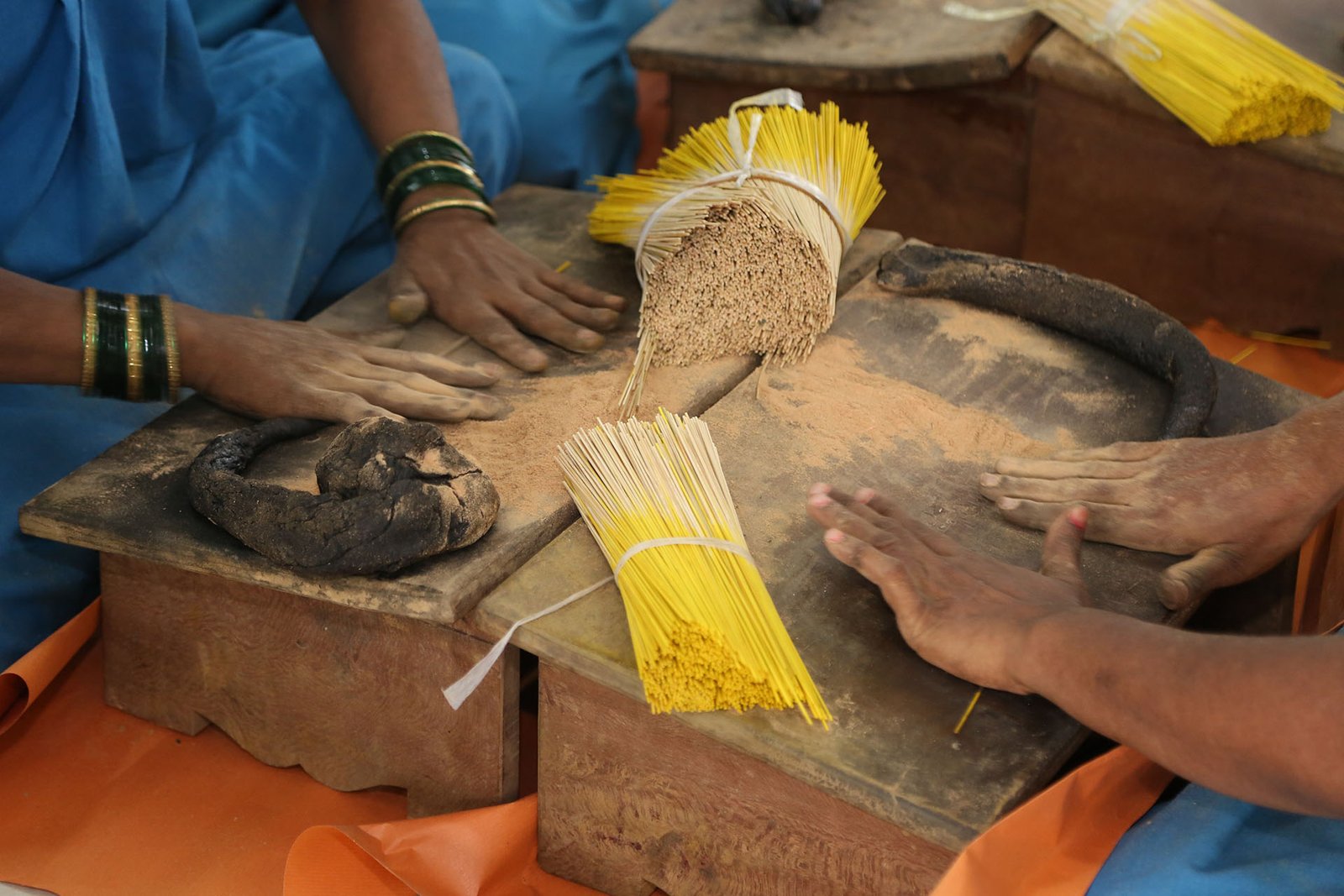
Choosing the Right Incense for You
Understand Your Needs:
Are you seeking incense to aid your meditation sessions? Perhaps you want something to relax and unwind after a long day or just to infuse your home with a delightful aroma. Recognizing your primary purpose will guide you toward the right type and fragrance. For meditation, calming scents like lavender or frankincense might be ideal. For rejuvenation, citrus or peppermint notes could be the way to go.
Identifying Quality:
A high-quality incense stick will burn evenly, produce minimal smoke, and the fragrance will linger long after the stick has burnt out. Avoid incense that leaves a strong, acrid smell, as this can be an indicator of synthetic ingredients. The color of the stick can also be telling; natural incense tends to have muted, earthy colors, while bright, unnatural shades may indicate the use of artificial dyes.
Recommendations:
For those new to the world of incense or even seasoned enthusiasts looking to explore further, check out our best brands and scents of 2023 blog post!
Conclusion
From the majestic temples of ancient civilizations to the modern-day yoga studios and homes, incense has journeyed through time, captivating senses with its evocative fragrances. As we’ve unraveled, the magic lies in the meticulously chosen ingredients, the artistry of crafting, and the intent with which it is used. Next time you light an incense stick, take a moment to appreciate the rich tapestry of history, culture, and nature that dances in its fragrant smoke.


